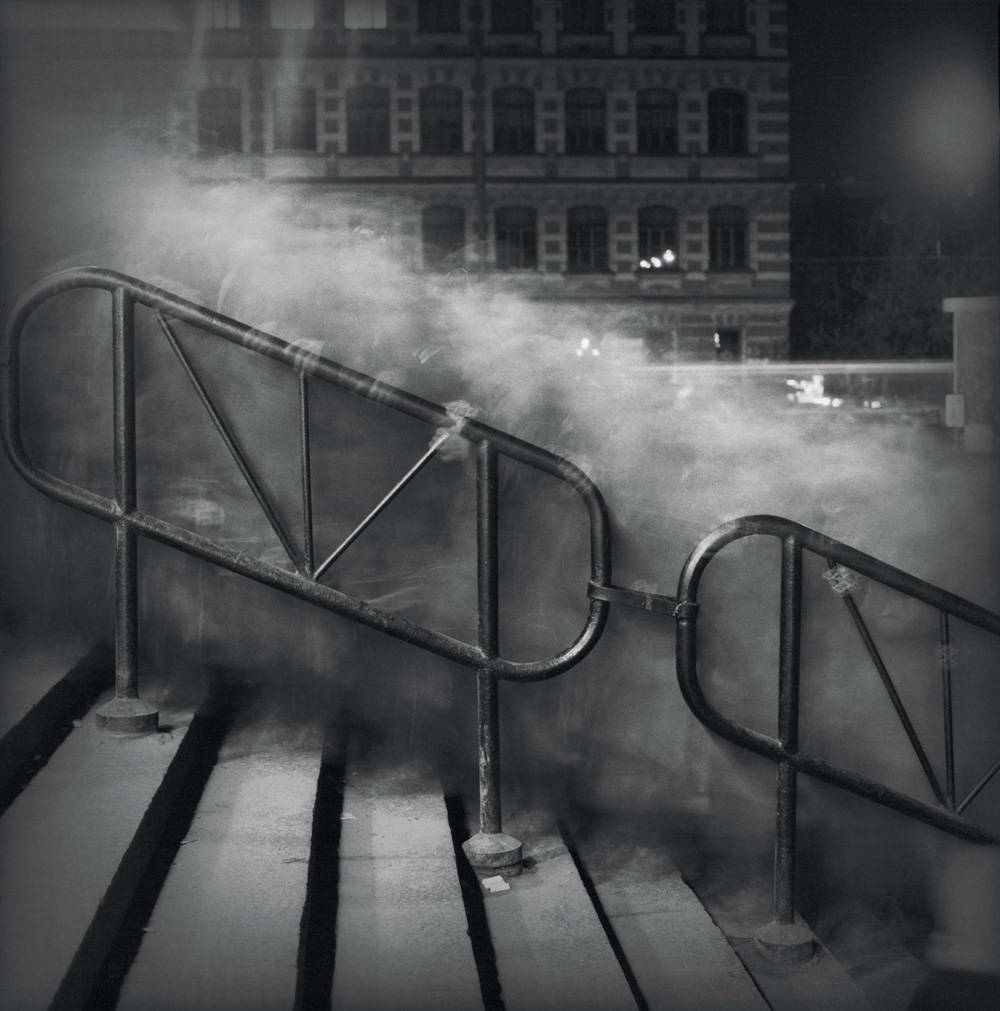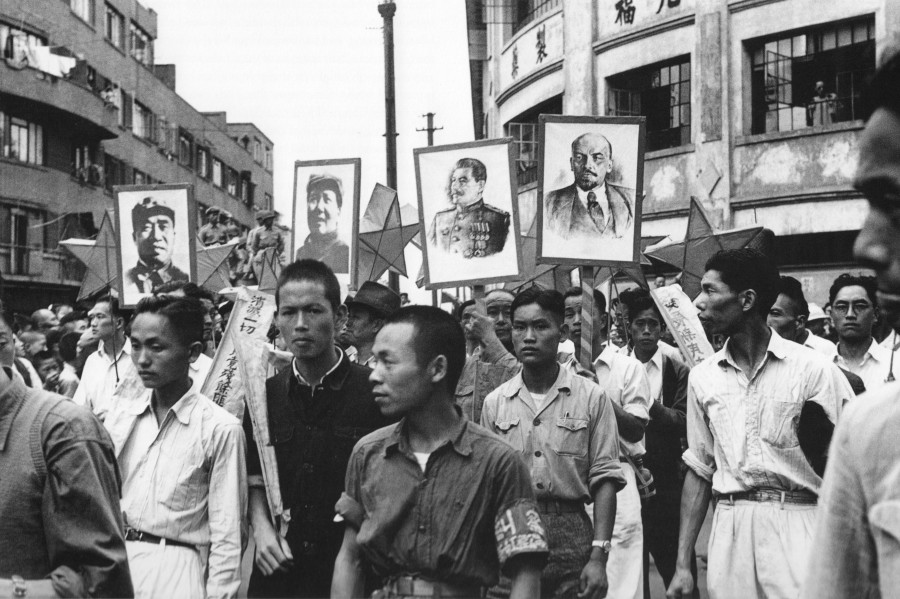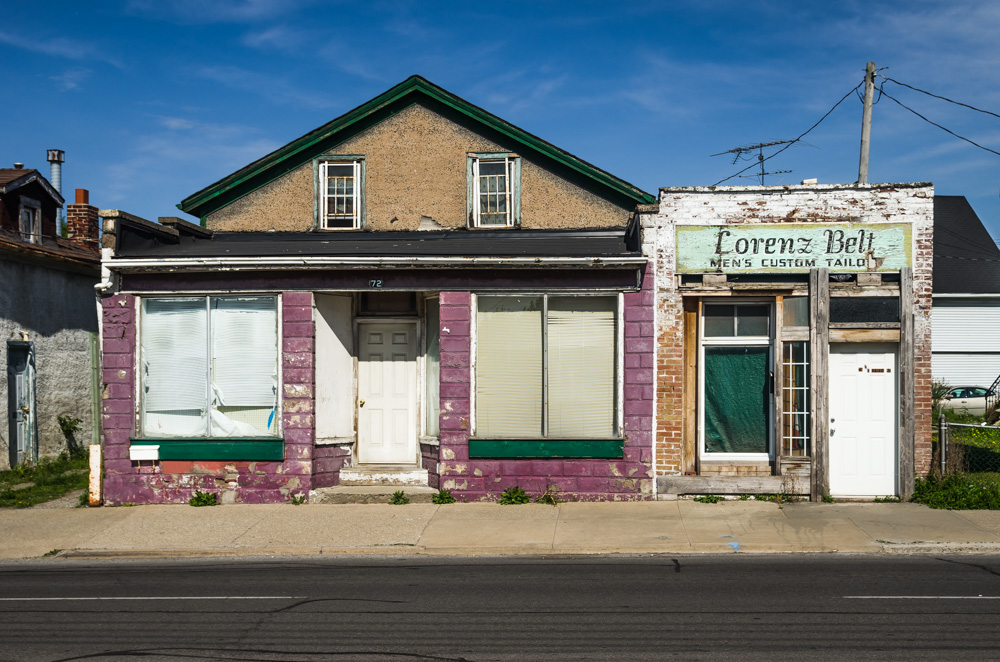In: Bart Gazzola

Dark and Dystopian Post – Mortem Fairy Tales
May 26, 2021Mothmeister, Dark and Dystopian Post – Mortem Fairy Tales, 2021
The Belgian artistic duo known as Mothmeister have just released their second book of images entitled ‘Dark and Dystopian Post – Mortem Fairy Tales’, which are a continuation of their beautifully morbid and dark tableaux that they’ve described as Wounderland. These are images that might be described as inappropriately beautiful, with a meticulousness in staging and shooting that might seem in opposition to the subject matter, but are really just a contemporary version of the rich history of memento mori, whether in painting or photography. Their words: “In this luxurious coffee table book we pay tribute to the many muses that incited our unsettling and eccentric dreamworld. These range from artists around the globe, legendary figures and myths and a quirky taxidermy collection to desolate places where our most grotesque and often melancholic characters were born, such as the macabre Capuchin Catacombs of Palermo, the abandoned unearthly town of Pyramiden in Spitsbergen and the site of the Chernobyl disaster.” Follow them on Instagram, and you can buy the book here. ~ Bart Gazzola
Read More
Metro Station Crowd 1, City of Shadows, 1992
April 20, 2021Alexey Titarenko, Vasileostrovoskaya Metro Station Crowd 1, from City of Shadows, 1992
I was twenty two when Titarenko captured this image, a freshly posthumous portrait of the USSR – and that was nearly forty years ago. The Cold War, as we knew it, was over, but the uncertainty, both for the bustling passengers of the once and future St. Petersburg, after its decades as Leningrad, and the rest of the world, is encapsulated in this image. Titarenko is an acclaimed photographer, not least for how after “the collapse of the Soviet Union in 1991 he produced several series of photographs about the human condition of the Russian people during this time and the suffering they endured throughout the twentieth century. To illustrate links between the present and the past, he created powerful metaphors by introducing long exposure and intentional camera movement into street photography. The most well known series of this period is City of Shadows.” More of Titarenko’s work can be seen here.
~ Bart Gazzola
Read More
Dance With Desire
May 8, 2021Irving Layton, Dance With Desire, Selected Love Poems with Drawings by Richard Gorman, 1992
It’s interesting to consider the vagaries of cultural history: what falls in and out of the community mind, and how something that was once a touchstone of cultural discourse may be forgotten. Dance with Desire (Selected Love Poems) by Irving Layton, with illustrations by the late Canadian artist Richard Gorman is notable in this light. Layton (1912 – 2016) offers poems that are often blunt and unflinching, whether about desire or despair in the realms of love and lust (‘...your unopened / Brittle beauty troubles an aging man / Who hobbles after you a little way / Fierce and ridiculous’). Comparisons to Catullus are appropriate. Gorman (1935 – 2010) intersperses and augments the text, with monochromatic, frenetic drawings, aswirl and emotional: one might see faces and forms, of lovers, perhaps entangled or trying to remove themselves from the fray. This was published by Porcupine Quill’s Press and Lake Galleries (the latter producing an additional 110 copies with numbered and signed prints by Gorman, as a limited edition artwork in book form). You can purchase it here. ~ Bart Gazzola
Read More
Shadow Chamber
April 20, 2021Roger Ballen, Phaidon Press, 2005
I’ve been familiar with Roger Ballen’s work for several years: the direct yet unsettling images bring to mind the works of Eugene Meatyard or Diane Arbus, and with hints of a performative macabre that goes beyond those two, and perhaps edges up against Joel Peter Witkin (but with less demonstrably ‘freaky’ and more subtle, and thus more pervasive, characters and settings that are more disturbing in their supposed banality) . In an introductory text to this wonderful collection of Ballen’s photographs, Robert A Sobieszek offers the following: “To discern fact from fiction in this work may be simply impossible; to tell acting from real life may also be; to bother with such discernment may not be only futile but missing the point.” I’d argue that Ballen’s work is a glimpse of the very real, and it’s stark and unflinching. A good introduction to this prolific artist’s aesthetic.
~ Bart Gazzola
Read More
Cree Tylee
April 9, 2021Cree Tylee ``...now I am rampant with memory....`` To be honest, and all the external influences aside, there are some parts... Read More



Recent Comments